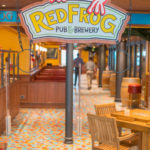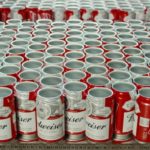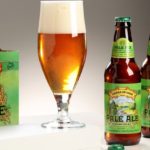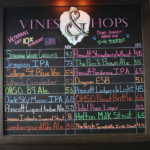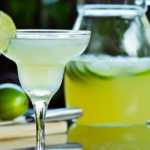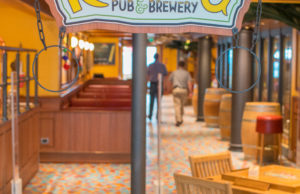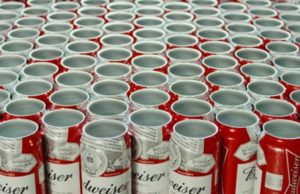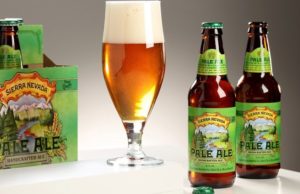Going Green With Glass: How Some Beer Ended Up And Remains In Green Bottles
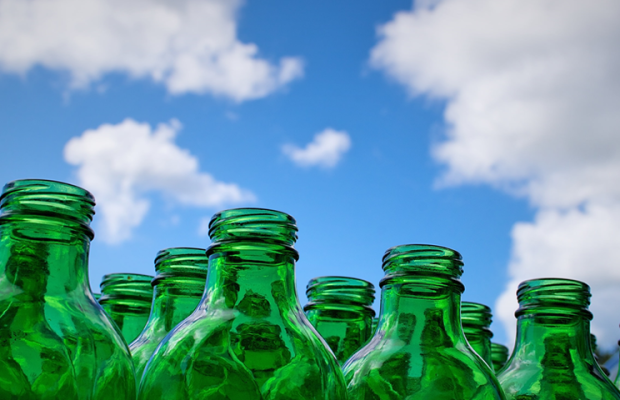
By Richard Murff on September 29, 2015
Not All Beer Bottles Are Created Equal… So Use Sunscreen.
In high school we called them screamin’ green meanies – because teenagers are like that. Those European beers in the green bottles that, because they were expensive and from far away, produced some magical, drunken properties of that would almost certainly turn your brain, or at least your Friday night, into a Jimi Hendrix concert poster.
If nothing else, there was an element of danger to the green meanies – you might end up looking dashing with one in hand, or you might open one up to find something decidedly less charming. They had a bad habit of turning up “skunked”, which turned out to be a much more apt description as to what had happened to the beer than we knew at the time. The why was straightforward: Ultra violet rays in sunlight react with the alpha acids in the hops, which then react to the sulfur in the proteins to create a chemical cousin to that hellbroth skunks spray on unwanted house guests
If green bottles make beer skunky, then why are they even around?
Of course, light isn’t a problem in barrels, but those are hard to take to a baseball game, or if you’re German, to stand around in the Black Forest whistling Wagner. Bottling beer didn’t really take off until the 1870’s when Adolphus Busch improved the bottling process with pasteurization and the use of refrigerated railcars for long-haul shipment. The Europeans picked the technology up, but it wasn’t until after World War I that beer bottling really took off in the old country. Higher end beers used the costly brown bottles, which acted as sunglasses for the beer, keeping out the ruinous sunlight. Cheaper beers came in clear bottles because, well, it was cheaper.
Then World War II happened and really cramped everyone’s style. All the brown glass was being used up by the military for the war effort. Without the different colored bottles, premium beer manufacturers lacked that luxe presentation that set them apart. In short, it all looked cheap. Let’s face it, if the world is coming apart around you, at least you can drink decent suds. So the premium brewers started using green bottles – which also acted like sunglasses for your beer, just not very good ones.
Still, the color stuck. Which begs the question: If the physics of green beer bottles is so bad, why continue? The answer is that in any operation involving a marketing department, it is never a question of reality, but the perception of it. After the war was a dark time in the beer history of America: Everyone drank that watered down lager that was known as the “American style.” Green bottles became associated with expensive, distant beer, so the marketing departments of these brewers saw no reason to mess with a premium perception. Despite the higher margin of error, many of these European brands were still better than what was on tap from the huge American brewers at the time.
A brewery rep who wishes to remain off the record told me that there is high probability that those green meanies got “skunked” a lot less often than Americans complain about it. Until about 30 years ago, he insists, the American beer palette was very watered down and very predicable. That sulfurous character in some lagers produces larger strains of yeast, which is exactly what the brewer intended. He used the trendy example of sour beer. To a great many, myself included, the stuff tastes like it’s gone off. It hasn’t, that sour flavor is exactly the point.
Well, maybe, maybe not. He is a marketing rep and judging by the spin he put on my question, fairly good at his job.
Returning to the strict physics of the matter: Around the turn of the century (2002, to be exact) the question became moot. Or rather moot-ish. A UV filter coating was developed for the outside of bottles of any color that effectively blocked UV radiation as well as brown stand-bys. In short, the color of the bottles doesn’t really matter anymore, at least not if the brewer doesn’t want it too.
Just because a technology is available, however, doesn’t mean that anyone is actually using it. To be safe just spend your Friday’s in a dark bar – it may not improve your beer but it’ll make everyone around you so much better looking.


